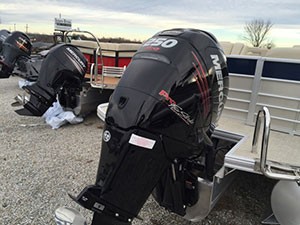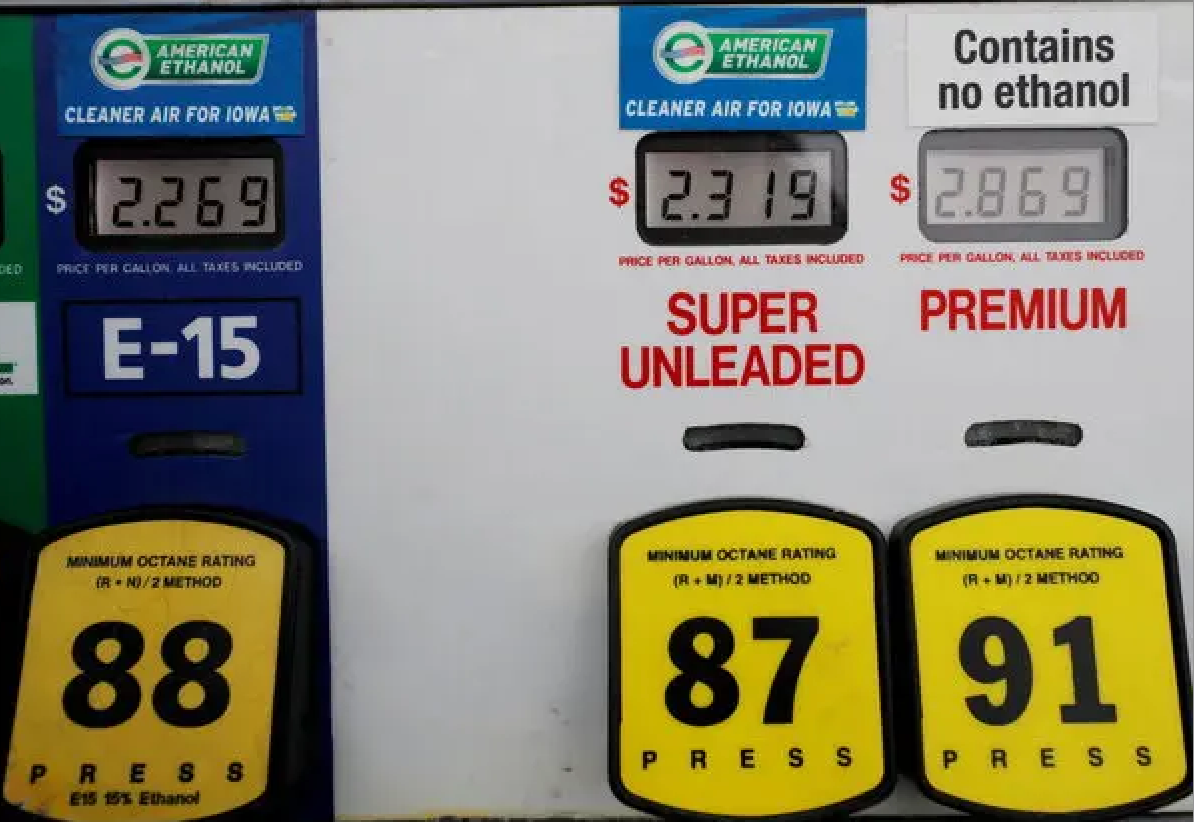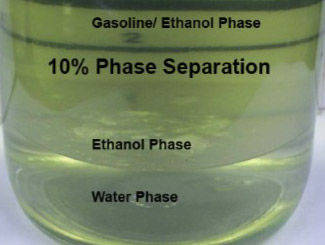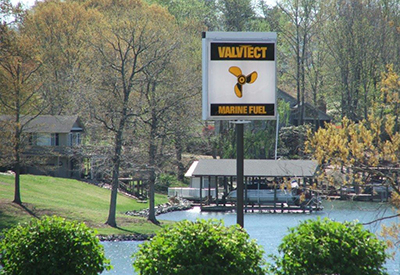Beware the Dangers of Ethanol

For many years, we have used gasoline in our cars and trucks that contains some amount of ethanol. It’s a form of alcohol and just as a few drops of water combine almost instantly in your Scotch, moisture from the atmosphere can mix with the ethanol in the gasoline that is in your boat’s fuel tank.
A motor vehicle has a sealed fuel system to control evaporative losses that cause air pollution. Fuel is moved into the engine under pressure and any drips that might escape drop onto the pavement. The engine is open to the pavement below. In an inboard or sterndrive boat, the hull is below the engine and any drips will collect in the bilge with potentially explosive consequences. Fuel can leak and escape into the casing of an older outboard too, so that’s not a solution.
Land Vs. Water
In a car or truck, fuel in the tank is generally used up quickly. Conversely, the larger quantity of fuel carried in a boat may last weeks before it’s used up and some fuel is left in the tanks all winter. The tanks are vented to the open air for safety (so pressure doesn’t build up) and that could leave the ethanol component six months or more to absorb moisture from the ambient air.

At some point, the ethanol can reach its maximum ability to absorb the water and phenomenon known as phase separation occurs inside the tank. This happens when the ethanol and water that have combined and the water separates from the gasoline and falls to the bottom of the tank. Gas and water don’t mix and gas is lighter.
When phase separation occurs, the ethanol and water can form a heavy blob that does cause the combustion necessary to “fire” the engine. If the fuel pickup in the tank sucks in the blob, the engine can be disabled.

Newer engines can withstand some ethanol, but older ones can’t. Gaskets, rubber hoses and seals in older engines were made to work with gasoline, but ethanol attacks their insides. This can cause fuel leaks and degradation of the seals and gaskets. They break up, clog the fuel system and shut down the engine. Additionally, the water that that combines with the ethanol can cause rust inside the engine.
Ethanol-Free Marine Gas
The solution is simple — buy your boat gas from a marina selling ethanol-free gas. Because the marina sells less fuel than a highway outlet, there is no ethanol to lower the cost of the fuel and because the marina has a short season to sell fuel and other reasons, the marina fuel costs more.
That increased cost is a bargain compared to the cost of fuel system and engine repairs. Plus it’s hard to calculate the cost of getting stranded with a boatload of family or friends as darkness falls.

If ethanol-free fuel is not available, buy a fuel treatment like Star-Tron or other fuel stabilizers to add to land-based fuel.
Around the United States and into Canada, more marinas are offering ValvTect marine fuel that is formulated for marine engines. Every marina that offers ValvTect has signage to that affect. Ask the marina before pulling in for fuel.